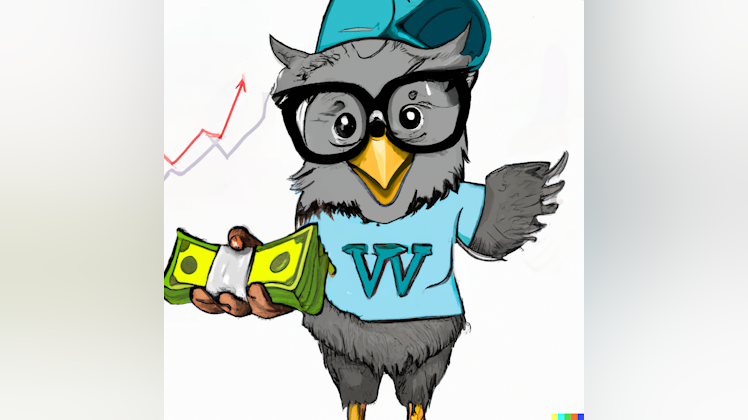I've been studying
$UBER for the last month and I don't think Wall Street has fully baked in the likely impact autonomous driving will have on Uber's long term growth into its current stock price.
Here's why.
Uber is partnering with several companies that are developing Autonomous Vehicles (AVs), such as Waymo, Aurora, Motional, and Nuro. These partnerships allow Uber to add different types of AVs, such as self-driving cars, trucks, delivery vehicles and drones to its supply side for autonomous rides and delivery. They are currently up and running with autonomous ride pilots in Las Vegas, and sidewalk robots and AVs that are delivering foods in Fairfax, Miami, Los Angeles, and Mountain View. Uber has also signed a multi-year partnership with Alphabet to bring their autonomous driving technology Waymo Driver to the Uber platform, beginning in Phoenix.
While there is some risk choosing the partnership route over developing its own proprietary autonomous tech, which I will cover in moment, I do believe the long-term potential AVs will have on Uber’s growth is significant.
By converting more of its driver supply side network to AV Uber will be able to dramatically lower rider fees to make the service accessible to more people and therefore grow its addressable market. Given the current maturity of the technology it will likely take 10+ years before most of Uber’s demand will be served by autonomous options.
But it’s already being used in select cities, and it will only scale from here. After reaching this milestone, gross bookings and revenue will be more on par with each other, profitability will improve as Uber’s largest current expense, driver fees, will be significantly reduced, and some of these savings will be passed on to customers so Uber can grow volume and revenue.
Wall Street might be underestimating how much self-driving cars could help Uber grow its business. Uber bears speculate that as autonomous driving technology gets better, such as Alphabet’s Waymo, get better and deployed more, they could make ride-share services like Uber and Lyft totally unnecessary by setting up their own competing ride sharing services, possibly putting them out of business.
This bear argument overlooks the potential for mutually beneficial partnerships and the existing strengths of Uber's network. For autonomous driving companies such as Waymo who are already on the record with plans to offer their technology to OEM manufacturers, benefit immensely from partnering with Uber and its well-regarded brand and immense user base who might otherwise be hesitant about autonomous vehicles.
Moreover, Uber is well-positioned to facilitate the gradual transition to autonomous driving. The shift to full autonomy will be a hybrid process, with human-driven and autonomous vehicles coexisting for a significant period. Further advancements in the tech are necessary to meet the long tail of use cases such as driving in bad weather or in unique local conditions. With the time it will take to scale manufacturing and deployment there is NO way autonomous provides will be able to meet the ride-sharing demand over night. During this transition period Uber's extensive network and experience in ride-sharing place it in an ideal position to manage this transition effectively, ensuring continued service availability and customer satisfaction.
I also think it’s worth noting that the reason why Uber senior mgmt is not overly promoting the full future impact of autonomous driving on its business is because the company needs to maintain positive relations with its driver community. Nothing would drive more of a wedge with drivers than talking about how they plan to significantly reduce the number of miles on its network driven by humans.
For these reasons I don’t think the full impact of autonomous driving on its business is totally baked into Uber’s current stock price and therefore may offer investors some upside.


